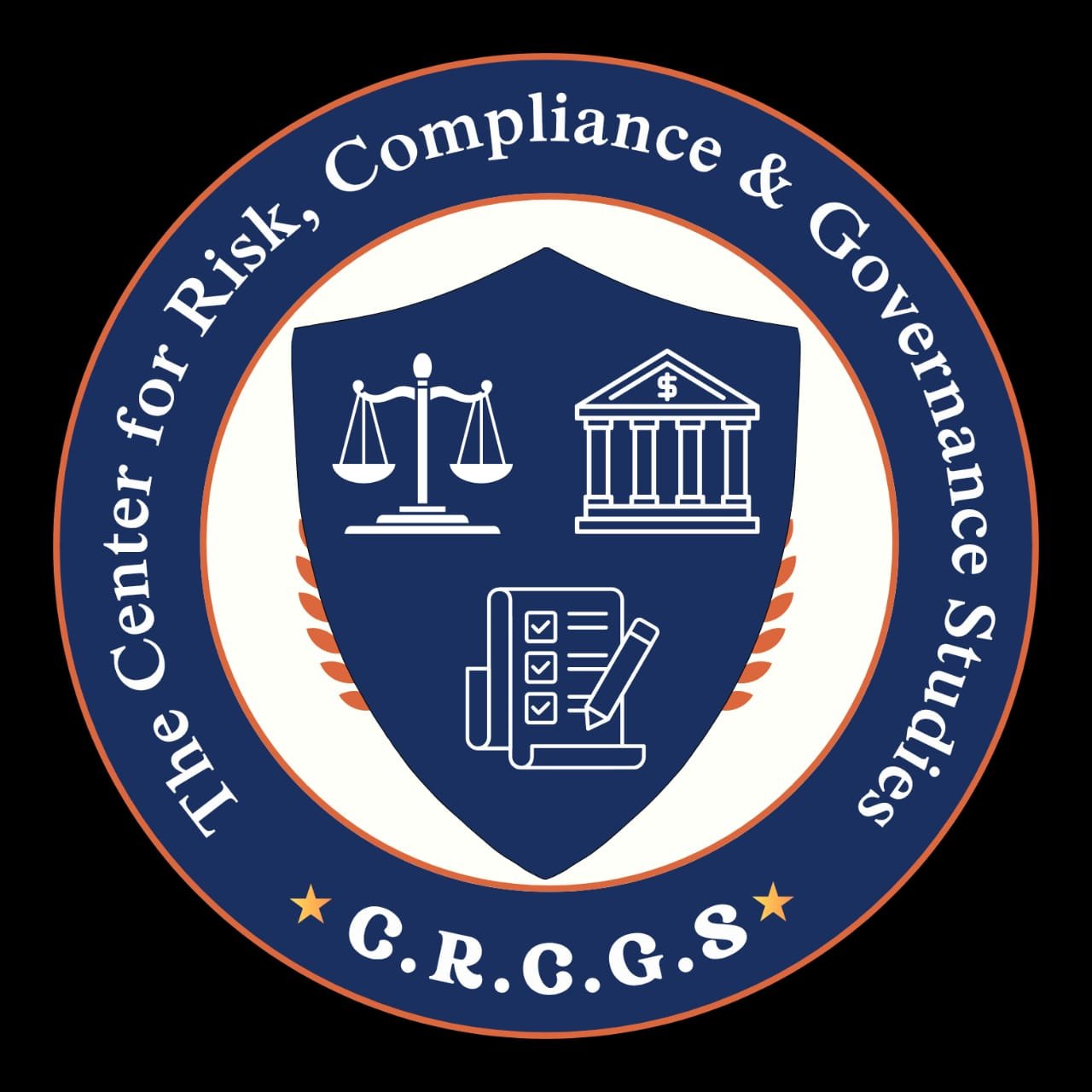The Reasons Behind Financial Crimes: The Psychology of a Fraudster

Financial fraud still poses a constant threat to all sectors of the economy, impacting governments, businesses, and private citizens. It is essential to comprehend the psychology of a fraudster in order to combat this. Organizations can improve their security through early detection, focused prevention, and stronger internal controls by investigating the driving forces behind financial crimes and identifying typical fraudster profiles.
Why Do Individuals Engage in Financial Crimes?
Although fraud may seem like a conscious act of dishonesty, it frequently results from a complex interaction between organisational, environmental, and psychological factors. The Fraud Triangle, created by criminologist Donald Cressey, is one of the most widely used frameworks to comprehend these motivations. There are three main components to it:
1. Pressure: This is the main factor that propels fraud, which is frequently financial. Unrealistic performance goals, addiction, personal debt, and upholding a particular lifestyle are examples of common pressures.
2. Opportunity: People commit fraud when they believe they have little chance of being discovered. Misconduct is encouraged by inadequate supervision, a lack of internal controls, or a poor division of labor.
3. Rationalisation: Criminals defend their acts to themselves. They might think they "deserve more," are "just borrowing the money," or are acting in the interest of a good cause, like supporting family.
Behaviour-Based Perspectives: Inside a Fraudster's Head
Not all fraudsters are the stereotypical criminals we think of. Many are advisors, executives, or trusted staff members. The following are some frequently seen behavioural characteristics and psychological tendencies:
-
Narcissism and entitlement: a strong sense of self-worth and the conviction that they are exempt from the law.
-
Risk-taking behaviour: At ease breaching rules or taking advantage of weaknesses.
-
Moral disengagement: The capacity to separate one's morals from one's behaviour.
-
Cognitive dissonance: Balancing dishonest behaviour with an ethical self-perception.
-
Grooming and manipulation: To keep control and hide their activities, criminals may groom coworkers in long-term fraud cases.
Notably, white-collar criminals frequently exhibit a high degree of charm, intelligence, and strategic thinking. They might take advantage of their authority or expertise to get around controls for extended periods without anyone noticing.
Typical Profiles of Fraudsters
Even though every fraud case is different, certain recurring patterns frequently show up in business environments:
1. The opportunist: This individual frequently acts alone and takes advantage of a temporary control gap. They may not have started with the intention of defrauding, but they succumb to temptation.
2. The Long-Term Con artist : Manipulates systems in a methodical manner over time. They frequently work in positions with little supervision, like finance, procurement, or auditing, and are typically smart and strategic.
3. The Pressure Cooker: Driven by outside financial strain. Instead of acting out of greed, these people might commit fraud out of desperation.
4. The Partner: Collaborates with either internal or external parties. These plots are more intricate, with multiple levels of deceit and concealment.
Warning Signs to Look Out
Early fraud detection frequently relies on identifying warning signs in behaviour, such as:
-
Living beyond one's means.
-
Excessive control over procedures; unusually close ties with clients or vendors; reluctance to share responsibilities or take time off; and frequent grievances regarding compensation or treatment.
-
Finding irregularities early on can be aided by the use of data analytics, ongoing auditing, and behavioral monitoring.
Using Psychological Awareness to Prevent
More than just technology is needed to prevent fraud; human behaviour analysis and the development of a moral culture are also essential. Among the best practices are:
-
Consistent ethics and fraud awareness training.
-
Robust policies regarding whistleblowers.
-
Fostering an accountable culture.
-
Transparent financial reporting.
-
Unambiguous consequence management.
Organisations can both identify and prevent fraudulent behaviour before it happens by incorporating psychological insight into fraud risk management.
Conclusion
The goal of comprehending the mindset and motivations of scammers is to reduce risk through awareness and readiness, not to defend their behaviour. Our strategy, which combines behavioural
Science with compliance, analytics, and an integrity-based culture must change along with financial crimes.

 CRCGS
CRCGS 





